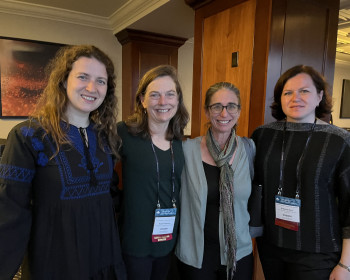Manohar Sukumar
Open gallery

2011 Extern at Shyam Divan in Delhi
“This summer I had the opportunity to work for Senior Advocate Shyam Divan in New Delhi, India. I was pleasantly surprised by what I learned from my experience. First, India’s legal system bears many remarkable similarities to ours, including a common law basis and the English language. In India, the supreme law of the land is laid down in the world’s longest Constitution, containing 395 articles and 94 amendments. Enacted in 1950, this Constitution had the benefit of hindsight, seeing what worked best around the world, including fundamental rights such as equality before the law, which was incorporated in Article 14 based on the Irish and American Constitutions. The Supreme Court of India is also fascinating in that under the apparent chaos of large crowds of advocates and clients flowing into and out of 14 court rooms, justice emerges, sometimes in stunning activist decisions. As Mr. Divan wisely reiterated many times, the Indian Constitution is young, which is what makes Indian law so exciting, because Constitutional law is still going through a “settling” period. Some may ask, what does a third-world country 8,000 miles away have to do with our country? The answer is that in a world where news travels at the speed of light, American lawyers cannot afford to be ethnocentric because the United States is not always ahead of the curve on global legal sentiment.”
More International Law Stories
email lclawsa@lclark.edu
voice 503-768-6716
Contact Student Affairs
International Law
Lewis & Clark Law School
10101 S. Terwilliger Boulevard MSC
Portland OR 97219

